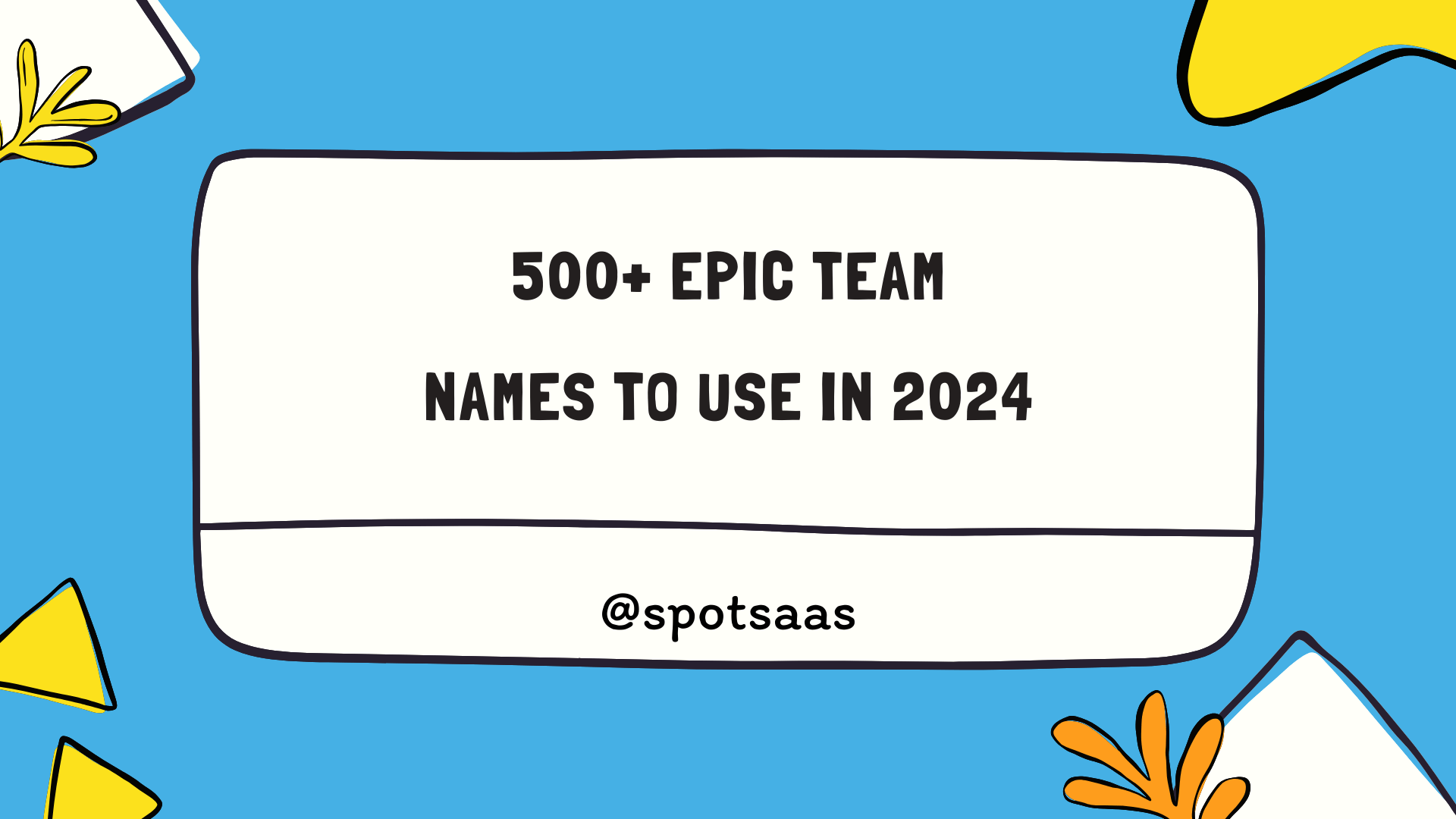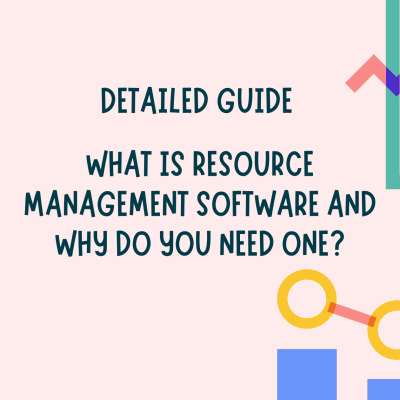Discover the Secret Software Buying Habits Revolutionizing American Businesses!
Keeping up with software buying trends can often feel like a challenge. This is particularly true as businesses worldwide are spending approximately $3.5 trillion annually on technology purchases, including software.
This blog post will help you understand the evolving dynamics and emerging trends in software buyer behavior, outlining strategies for sellers to adapt and thrive in this changing landscape.
Ready to decode your buyers’ behavior? Let’s dig in!
Key Takeaways
- Software buying processes are becoming more complex with increased involvement from diverse stakeholders and C-suite leaders playing a significant role in decision-making.
- Shorter contracts are becoming more common as businesses seek flexibility and reduced risk in software purchases.
- Existing vendors have an advantage in the competitive software market due to established relationships and the ability to showcase expertise through new buying destinations.
- Buyers are relying less on vendor resources and instead seeking information from trusted peers, online communities, and review sites to make informed purchasing decisions.
Complex Software Purchases
Complex software purchases involve increased stakeholders and steps in the decision-making process, with C-suite leaders taking on a more prominent role. Contracts are becoming shorter, giving an advantage to existing vendors, while new buying destinations are emerging.
However, finding relevant information during the search for software can be challenging for buyers.
Increased stakeholders and steps
Software buying processes are becoming more intertwined with increased involvement from diverse stakeholders. The marching orders for software purchases no longer come directly top-down but involve different departments.
Each group comes to the table with their unique requirements and roles, adding layers of complexity to the decision-making process. This pattern extends beyond just large corporations; even small and medium-sized businesses follow this approach to ensure everyone’s needs get addressed during software selection.
C-suite leaders as decision-makers
C-suite leaders are at the forefront, making critical decisions in software purchases. They play a significant role in determining technology investments for their organizations. Their choices revolve around successful implementation and optimal utilization of tools.
They evaluate the need for specific software and its alignment with business goals. Efficiency and innovation have become crucial factors shaping these purchasing decisions. With an eye on larger strategic objectives, C-suite executives prioritize solutions that drive growth and offer competitive advantages in professional services industries.
Shorter contracts
Businesses are gravitating towards shorter contracts when making software purchases. This shift in the global software trends is driven by a desire for flexibility and reduced risk, especially amid economic challenges.
Shorter contracts enable companies to test out different options without committing long-term resources right away. They also allow firms to re-negotiate terms more frequently based on their evolving needs or changes in technology.
Crucially, vendors offering such agreements can stand out among competitors by demonstrating responsiveness to customer preferences and behavior patterns in the B2B buying journey.
Simultaneously, efficiency becomes crucial as both parties aim to maximize value within often highly-competitive contract durations.
Advantage for existing vendors
Existing vendors have an advantage in the complex software purchasing landscape. With increased stakeholders and steps involved, buyers often prefer to stick with a vendor they already know and trust.
C-suite leaders, who are now more frequently making these decisions, may also lean towards familiar vendors for convenience and reliability. Shorter contract lengths make it easier for buyers to switch vendors if necessary, but established relationships can be harder to break.
Additionally, existing vendors have the opportunity to showcase their expertise through new buying destinations such as online communities and review sites that influence buyer decisions.
New buying destinations
Buyers searching for software now have numerous new buying destinations to explore. In addition to traditional vendors and marketplaces, there are online platforms that offer a wide range of software options from various providers.
These platforms provide buyers with the ability to compare products, read customer reviews, and make informed decisions about their purchases. With these new buying destinations, buyers have more choices and opportunities to find the right software solutions for their needs.
Information search as a challenge
Software buyers often face challenges when conducting their information search. With the increasing complexity of software purchases, finding relevant and accurate information can be difficult.
Buyers must sift through numerous sources to gather the necessary details about vendors, products, pricing, and features. The abundance of available information can overwhelm buyers and make it challenging to identify the most reliable sources.
Additionally, understanding complex technical jargon and comparing different options adds further complexity to the search process. Consequently, buyers need to invest significant time and effort into researching before making informed decisions about which software solution best fits their needs.
Buyers Taking Control
Buyers are becoming less dependent on vendor resources and are instead relying on trusted peers, online communities, and review sites to make informed purchasing decisions.
Less dependence on vendor resources
Buyers today are becoming less reliant on vendor resources when making software purchasing decisions. Instead, they seek out information from multiple sources to gather insights and make informed choices about the best software solutions for their needs.
This shift in behavior is driven by a desire for unbiased information and a greater sense of control over the buying process. Buyers now rely on trusted peers, review sites, and online communities to gain insights into software performance, customer experiences, and overall satisfaction levels.
By seeking information independently, buyers can make more confident decisions that align with their unique business requirements.
Influence of trusted peers
Trusted peers play a significant role in influencing software purchasing decisions. When buyers are considering a software purchase, they often turn to their trusted network of colleagues, friends, and industry experts for recommendations and insights.
These peers have firsthand experience with different software solutions and can provide valuable information about their performance, features, and suitability for specific business needs.
Buyers rely on these trusted opinions to make informed decisions and choose the right software that aligns with their requirements. Additionally, peer influence extends beyond personal networks as online communities and review sites play a crucial role in shaping buyer perceptions.
Value of review sites and online communities
Buyers are increasingly relying on review sites and online communities for valuable insights when making software purchasing decisions. These platforms allow buyers to gain access to unbiased opinions, experiences, and recommendations from other users who have already tested or used the software in question.
By reading reviews and engaging with online communities, buyers can make more informed choices based on real-world experiences rather than marketing pitches or sales presentations alone.
These review sites and online communities serve as a trusted source of information where buyers can compare different software options, learn about potential issues or limitations, and ultimately select the solution that best meets their needs.
Looking Beyond Features
Software buyers are increasingly looking beyond just the features offered by a particular product. They understand that there is much more to consider when making a purchasing decision.
Buyers want to know how the software will fit into their overall business strategy and how it can help them achieve their goals. They are concerned with factors like scalability, ease of use, customer support, and integration capabilities.
By focusing on these aspects, buyers can make more informed decisions that align with their specific needs and priorities.
In addition to functionality, software buyers are also paying attention to the reputation and track record of vendors. They want to work with companies that have a proven history of delivering reliable products and excellent customer service.
The level of trust between buyers and vendors has become an important factor in the decision-making process.
Overall, software buyers understand that features alone are not enough; they are taking a holistic approach when evaluating potential solutions. By considering factors beyond just features, buyers can ensure they invest in software that meets their long-term needs and contributes to the success of their business.
Wary Buyers After Signing
After signing the software contract, buyers become more cautious and adopt a systematic approach to renewals, ensuring they are getting the value they expected from their purchase.
Systematic approach to renewals
Buyers have started adopting a systematic approach to renewals, which includes the following strategies:
- Conducting regular assessments of software performance and usage.
- Analyzing the value delivered by the software in relation to cost.
- Evaluating alternative options in the market.
- Negotiating contract terms and pricing.
- Collaborating with internal stakeholders to gather feedback on user satisfaction.
- Ensuring alignment between business goals and software capabilities.
- Considering the potential for consolidation or integration with other systems.
Strategies for Sellers
Sellers can increase their chances of success by personalizing messages, making information easily accessible, using a guided sales approach, and delivering value to make buyers advocates.
Find out how these strategies can help sellers navigate the changing landscape of software buyer behavior trends.
Personalize messages
Software sellers can greatly benefit from personalizing their messages to potential buyers. By tailoring their communications to address the specific needs and pain points of each individual buyer, sellers can establish a stronger connection and build trust.
This can be done by conducting thorough research on the buyer’s company and industry, as well as understanding their unique challenges and goals. Personalized messages show that the seller values the buyer’s time and is committed to providing solutions that meet their specific requirements.
Additionally, personalized messages are more likely to grab the attention of busy buyers who receive numerous generic sales pitches every day. When sellers take the time to craft personalized messages, they increase their chances of standing out from competitors and ultimately closing the deal with interested buyers.
Make information accessible
Software buyers today have a strong desire for easily accessible information. They want to be able to find the details they need about products and services without jumping through hoops or having to rely solely on sales reps.
To meet this demand, sellers must ensure that their information is readily available and easy to understand. This can include providing clear and concise product descriptions, specifications, pricing details, and customer testimonials on their websites.
By making information accessible, sellers can empower buyers to make informed decisions and create a positive buying experience.
Guided sales approach
To effectively navigate the complex software buying process, a guided sales approach is crucial. This approach involves sales professionals providing personalized assistance and guidance to potential buyers at every step of the journey.
By understanding the buyer’s specific needs and challenges, salespeople can tailor their messages and solutions accordingly. They serve as trusted advisors, offering valuable insights and expertise to help buyers make informed decisions.
A guided sales approach not only helps build strong relationships with customers but also increases the chances of conversion by delivering exceptional value throughout the purchasing process.
Deliver value and make buyers advocates
To succeed in today’s competitive software market, sellers must go beyond simply delivering their product. They need to provide value that goes above and beyond customer expectations.
By offering exceptional service, ongoing support, and personalized experiences, sellers can turn buyers into advocates for their brand. This means going the extra mile to understand each buyer’s unique needs and tailor solutions accordingly.
When sellers prioritize value delivery, they not only increase customer satisfaction but also create a group of loyal customers who will happily recommend their products to others.
By actively engaging with buyers throughout the purchasing journey and providing continuous value after the sale is made, sellers can build strong relationships with their customers.
This involves making sure that buyers have access to relevant information at every stage of the buying process and addressing any concerns or questions promptly. Sellers should also focus on demonstrating how their product solves specific pain points for the buyer and helps them achieve their goals.
Conclusion
In conclusion, the software-buyer-behavior-trends indicate a shift in purchasing dynamics. Buyers are taking more control and relying less on vendor resources. They seek guidance from trusted peers and value review sites and online communities.
Sellers need to personalize messages, make information easily accessible, and deliver value to turn buyers into advocates. Understanding these trends is crucial for navigating the evolving software market landscape.
FAQs
1. What are software buyer behavior trends?
Software buyer behavior trends refer to the patterns and preferences exhibited by individuals or organizations when purchasing software, including factors like online research, customer reviews, and the importance of user experience.
2. How can understanding software buyer behavior trends benefit businesses?
Understanding software buyer behavior trends can help businesses tailor their marketing strategies to meet the needs and expectations of potential customers. It allows them to make informed decisions about product development, pricing, and customer support.
3. Are there any common challenges faced by businesses in relation to software buyer behavior?
Yes, some common challenges faced by businesses include keeping up with rapidly changing technology trends, meeting customer demands for personalized experiences, and effectively communicating the value of their software products.
4. What role does social media play in influencing software buying decisions?
Social media platforms have become an influential source of information for buyers looking for recommendations or reviews on specific software products. Positive or negative feedback shared by peers can significantly impact a potential customer’s decision-making process.
5. How does price influence software buying decisions?
Price is a crucial factor in determining whether a potential buyer will purchase a particular software product. Buyers often consider factors such as budget constraints, perceived value for money, and long-term ROI before making a final decision.




